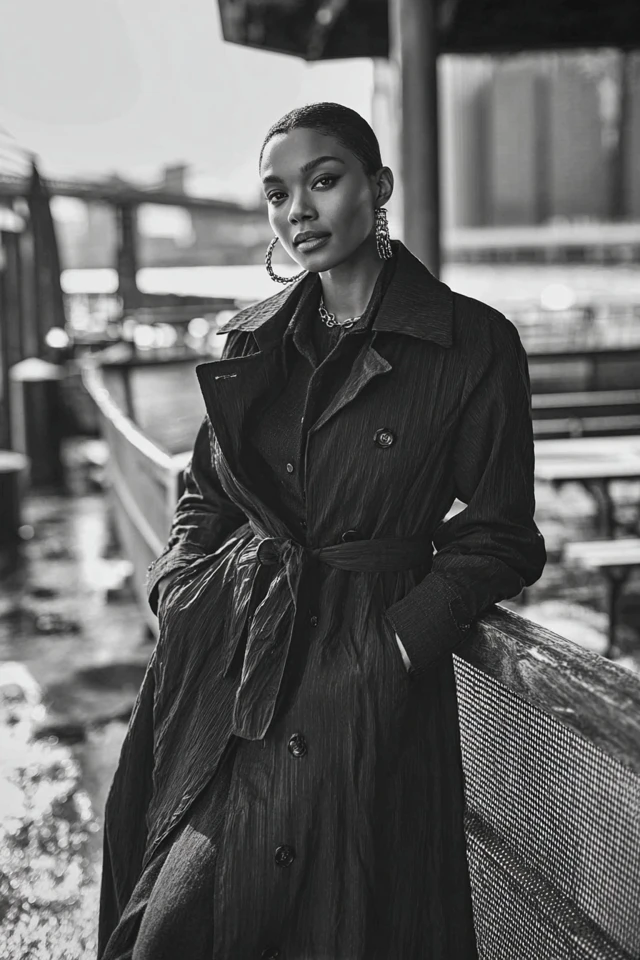Introduction
One chilly morning last winter, I stood in front of my closet feeling overwhelmed by the plethora of colors and patterns, unsure how to create an effortlessly chic look that also felt cohesive. The layers of winter coats, chunky knits, and boots seemed to clash rather than harmonize. Then it struck me: a monochrome wardrobe could be the elegant solution I was seeking. By focusing on shades within a single color family, I found not only simplicity but also a powerful confidence boost that transformed my daily dressing routine.
This experience ignited a deep dive into the psychology of color and its impact on how we present ourselves, especially during the winter months when fashion can sometimes become more about function than style. Winter monochrome dressing is not just a trend; it’s a strategic approach to dressing that harnesses the subtle nuance of color psychology, elevates personal style, and simplifies outfit coordination without sacrificing impact.
About the Author and My Trend Boutique
Why does this topic matter? Because how we dress affects not only how others perceive us but also how we feel about ourselves. In combining my academic background in fashion design and color psychology with practical styling wisdom, I aim to guide you through the art and science behind winter monochrome wardrobe basics, helping you cultivate a confident, stylish, and seasonally appropriate closet.
Foundational Concepts
Understanding winter monochrome dressing begins with several foundational ideas that empower you to make thoughtful wardrobe choices: color psychology, trend forecasting, and dressing to impress.
Color Psychology
Color psychology explores how hues influence mood, behavior, and perception. For instance, monochrome dressing leverages the emotional resonance of a single color spectrum — whether it’s the calming effect of icy blues or the grounding nature of charcoal grays. Research from the field of cognitive psychology underlines that color can alter our confidence levels, reduce decision fatigue when assembling outfits, and even affect interpersonal communication. Personally, I’ve observed how wearing certain colors helps me channel different aspects of my personality — from authority and professionalism to warmth and approachability.
Trend Forecasting
While monochrome dressing offers timeless appeal, being aware of fashion trends ensures your wardrobe stays fresh and relevant. Trend forecasting is an analytical process that examines cultural shifts, fabric innovations, and runway styles to predict upcoming popular colors and silhouettes. For example, sustainable fabrics and earth-toned hues are increasingly influential in winter collections. Incorporating such trends in your monochrome wardrobe means balancing classic tones with modern touches, which keeps your style dynamic without constantly overhauling your closet.
Dressing to Impress
“Dressing to impress” goes beyond superficial appearance; it is about intentionally shaping others’ perceptions through strategic apparel choices. Monochrome outfits are impactful here because they project unity and sophistication. Embracing this principle requires an understanding of your personal and professional contexts, enabling you to communicate confidence and competence with minimal effort. Through my career experiences consulting wardrobe styling for clients, I find that a monochrome approach consistently enhances first impressions and elevates overall style narratives.
Picture Gallery
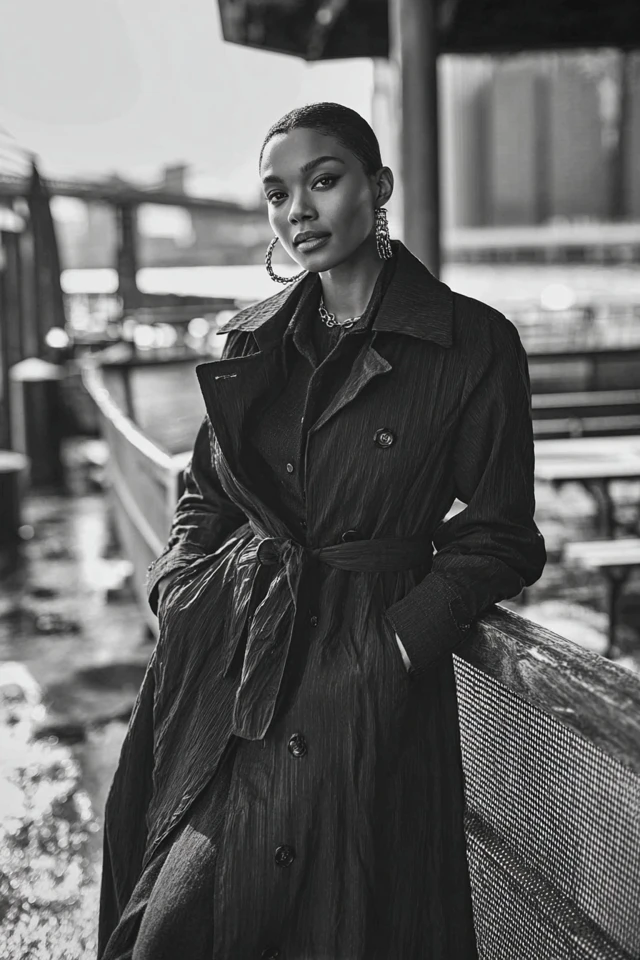
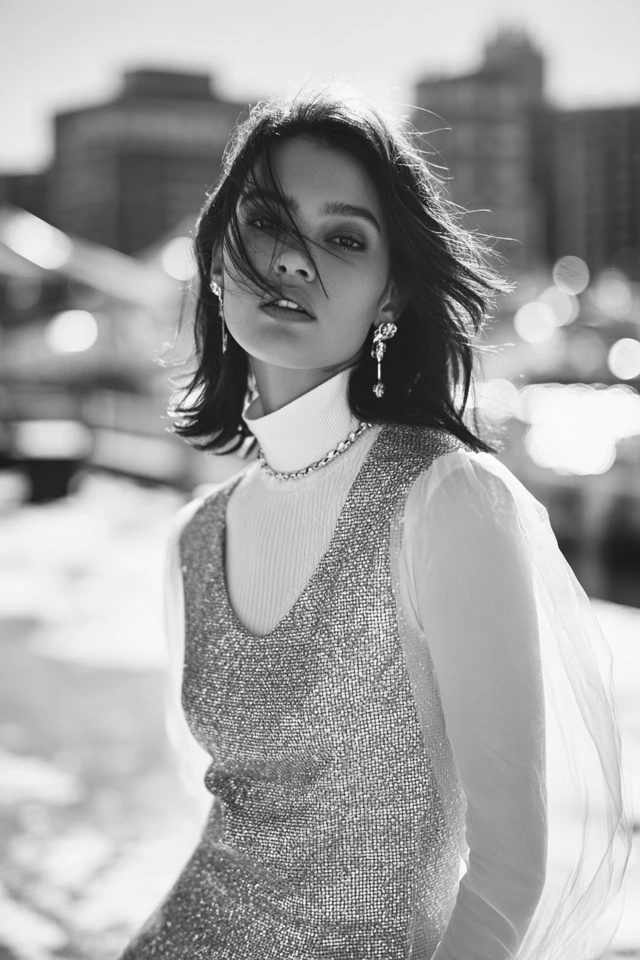
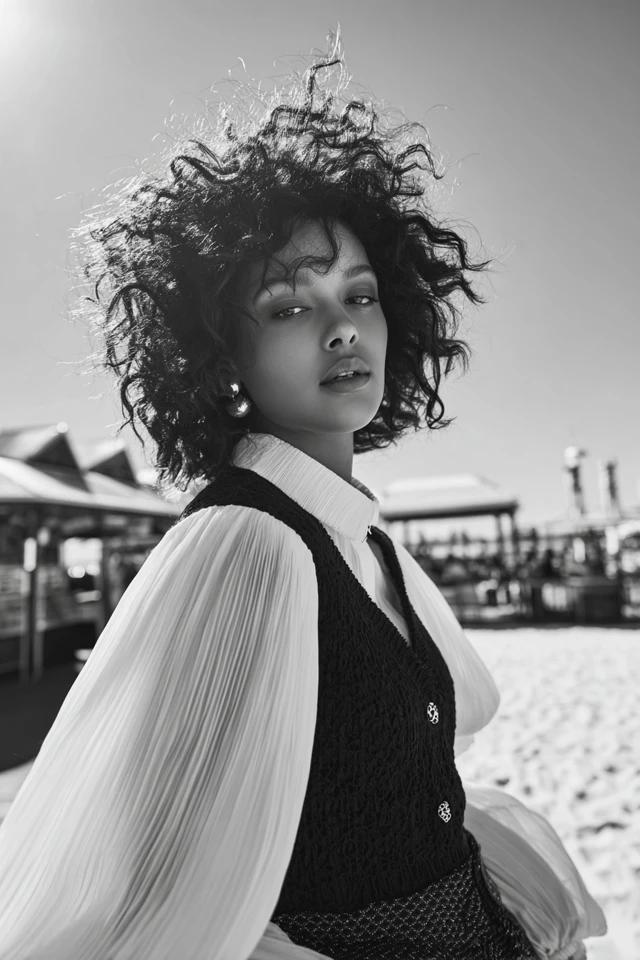
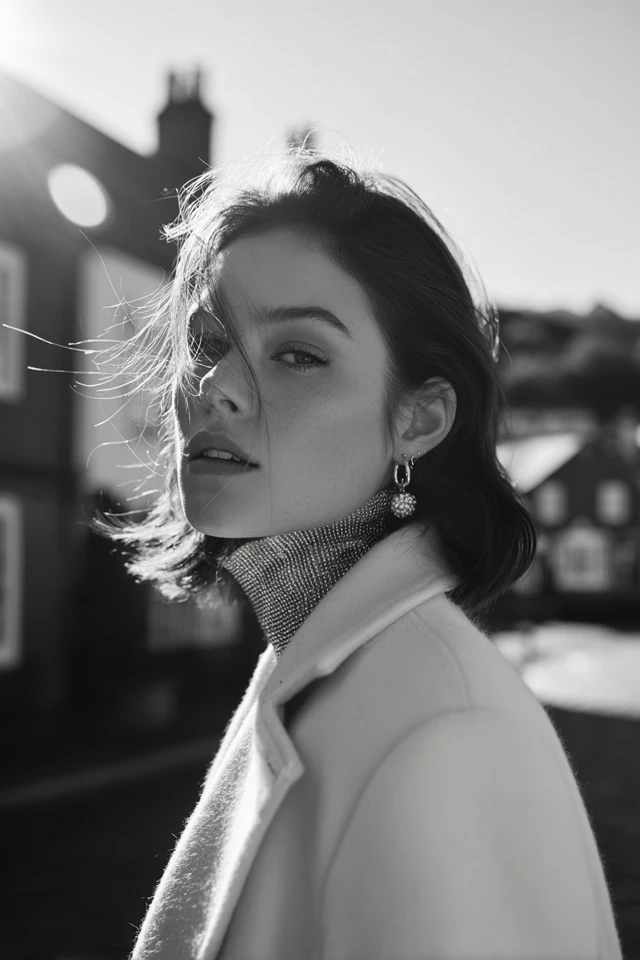
Color Psychology & Emotional Impact
Colors exert profound effects on emotions, social interactions, and internal states of confidence. The science of first impressions reveals that people form judgments about competence, trustworthiness, and attractiveness within seconds, largely influenced by clothing color.
In winter, darker monochromatic palettes such as charcoal, navy, and deep burgundy evoke feelings of stability, seriousness, and warmth. For example, navy is often associated with trust and professionalism, making it ideal for work attire. Conversely, lighter monochrome winter shades like dove gray or ivory can convey purity and calm, stimulating a sense of approachability.
Understanding how a singular color impacts your mood can reshape your dressing routine. When you wear a monochrome look in a shade that aligns with your desired emotional state, you reinforce your internal confidence, creating a feedback loop of positive psychology. For instance, I find that draping myself in rich camel tones uplifts my mood during shorter daylight hours, while clients report feeling more centered and decisive when stepping out in charcoal monochrome.
For readers interested in exploring this further, the Color Psychology Institute offers extensive research that links color perception to emotional response. Such studies validate why monochrome dressing is more than aesthetic — it’s a psychological tool in your fashion arsenal.
Personal Style & Body Type Considerations
Monochrome dressing can be wonderfully versatile and flattering when tailored to your individual body type and personal style preferences. Thoughtful consideration of silhouette, fabric texture, and hue variations within your chosen color will accentuate your best features.
Silhouette and Fabrics
For those with hourglass figures, monochrome outfits that emphasize your waistline with belted coats or tapered trousers create balanced proportions. Pear-shaped bodies benefit from layered monochrome looks that add volume to the upper body, like a softly draped scarf and structured jacket. Rectangular shapes can explore textured fabrics and layering within the same hue to generate dimension.
Fabric choice is equally influential. Luxurious wool, cashmere, and suede add tactile richness to monochrome outfits, preventing flatness in single-color ensembles. Mixing matte and shiny finishes in the same color spectrum can subtly highlight contours and add style interest.
Hue Adaptation and Complexion
Winter monochrome does not mean sticking to a single flat color but rather creating an intentional palette that complements your skin tone:
- Cool Complexions: Embrace icy blues, cool grays, and soft lavenders. These hues enhance undertones and create an elegant chill that feels seasonally appropriate.
- Warm Complexions: Incorporate caramel, rich browns, and deep olives for warmth and vibrancy.
- Neutral Complexions: Versatile across the spectrum, neutrals can explore both warm and cool hues, depending on mood and context.
Quick Monochrome Style Quiz
To personalize your wardrobe, try this self-assessment:
- Do you prefer soft, flowing fabrics or structured tailoring?
- Is your daily environment formal, casual, or a mix?
- Which colors naturally draw compliments when you wear them?
- Are you seeking to project authority, creativity, comfort, or approachability?
- Do you enjoy layering or prefer minimalist looks?
Your answers guide your choice of monochrome hues, fabric textures, and silhouettes that harmonize with your lifestyle and body type.
Current Trends & Timeless Classics
Winter monochrome fashion balances the allure of timeless classics with the freshness of seasonal trends. This year, sensory fabrics like velvet and faux shearling in monochromatic outfits are popular, offering tactile luxury and visual depth. Trending colors include muted earth tones, such as warm taupe and rust, which naturally transition into broader monochrome palettes.
At the same time, timeless monotones—think deep black, slate gray, and snow white—remain wardrobe staples. Their enduring sophistication makes them perfect bases for experimenting with contemporary accessories or layering techniques. For example, pairing a classic black turtleneck and tailored trousers with modern statement boots in the same hue updates a perennial look.
Successful styling arises from blending the new with the classic — incorporating bold textures or accessories while maintaining a coherent monochrome foundation. This way, you stay stylish today without compromising the longevity of your pieces.
Practical Tips & Recommendations
Adopting a winter monochrome wardrobe is both a creative and strategic process. Here are actionable tips to curate and maintain one that works for you:
- Start with Neutrals: Build your capsule collection around neutral monochrome bases like black, gray, navy, or beige.
- Invest in Quality Fabrics: Prioritize natural fibers for warmth and durability, such as wool, cashmere, and cotton blends.
- Layer Thoughtfully: Mix varying textures — a chunky knit sweater over a sleek shirt, or a velvet blazer paired with matte trousers — to add dimension within your color palette.
- Accessorize Strategically: Choose accessories like scarves, belts, and shoes that complement but do not overpower the monochrome look. Metallic accents in silver or gold can elevate without disrupting harmony.
- Maintain Wardrobe Integrity: Regularly declutter and care for garments. Use gentle detergents and store knits folded to retain shape.
- Experiment with Shades: Incorporate gradients of your chosen color — from light to dark — to keep your look interesting without straying from the monochrome principle.
For those shopping fresh, consider vintage or second-hand stores to find unique monochrome pieces that add character and sustainability to your wardrobe.
FAQs
What if I find it boring to wear just one color?
Monochrome dressing is about exploring the depth of a color family, including varying textures, patterns, and shades. This layered approach creates visual interest and avoids monotony.
How can I update my monochrome wardrobe on a budget?
Focus on versatile basics that mix and match well, look for sales, and incorporate accessories like statement scarves or boots to refresh your look.
Can I create a monochrome wardrobe without dark colors?
Absolutely. Consider lighter palettes such as whites, creams, pastels, or even winter whites to achieve a bright monochrome look suitable for colder months.
Is monochrome dressing suitable for all occasions?
Yes. By altering silhouette, fabric, and accessories, monochrome outfits can be styled to suit casual, professional, or formal settings.
How do I build a winter capsule wardrobe focused on monochrome?
Start by selecting core pieces in your preferred color that cover essential categories like outerwear, knitwear, bottoms, and footwear. Aim for interchangeable items that allow multiple outfit combinations.
Conclusion
Winter monochrome wardrobe basics offer a strategic approach to seasonal dressing that combines the power of color psychology with timeless style principles. By understanding how color influences perception and confidence, and tailoring your wardrobe to your body type and personality, you can create effortlessly elegant and emotionally resonant looks throughout the colder months.
I encourage you to experiment boldly within your chosen palette, exploring textures, layers, and accessories that reflect your individuality. Your wardrobe is more than fabric; it’s an expression of self that evolves with your style journey.
If you found these insights helpful, please share your thoughts in the comments, subscribe for more fashion strategies rooted in research and personal experience, and join a community passionate about dressing to impress with intention and joy.

